Since the 2006 release Ashes Against the Grain, America's Agalloch have substantially widened their audience and, in addition to this, most of their fans are indeed fanatics. The band's name is on everyone's lips in the metal world. Even their reviews on Metal Archives praise the band in unison (with one exception but this seems petty considering there are nearly twenty reviews for each album, upon writing). With three full-length opuses and a number of harder-to-obtain releases, Agalloch have rewritten the rulebook concerning natural and organic metal.
Defining Agalloch is a challenge firstly because their music encompasses a variety of influence and secondly because their sound has developed over the years. In terms of mood, Agalloch paint the same natural picture as bands such as Opeth [1], Novembers Doom and early Katatonia. Genre-wise, Agalloch side towards the folk/doom metal side of styling, predominantly with black metal and post-rock embellishments although the magnitude of these individual genres varies over the band's discography.
 The band members of this Portland, Oregon based act place a substantial emphasis on their aesthetic. In an interview with Metal Rules, guitarist Don Anderson states that he wishes for the band to be remembered "For having excellent aesthetic sense and original, quality music." Notice that aesthetic sense is mentioned before the music. It would be presumptuous to state that the band cherish their imagery over their music but one can infer it is an imperative aspect to Agalloch. Interestingly enough, in the same Metal Rules interview, the band claim to be influenced by film as opposed to other bands. Anderson explains: "I think its unproductive to be directly influenced by something within your medium, so we really rely a lot on cinema." Interestingly enough, Swedish director Ingmar Bergman is cited as an influence.
The band members of this Portland, Oregon based act place a substantial emphasis on their aesthetic. In an interview with Metal Rules, guitarist Don Anderson states that he wishes for the band to be remembered "For having excellent aesthetic sense and original, quality music." Notice that aesthetic sense is mentioned before the music. It would be presumptuous to state that the band cherish their imagery over their music but one can infer it is an imperative aspect to Agalloch. Interestingly enough, in the same Metal Rules interview, the band claim to be influenced by film as opposed to other bands. Anderson explains: "I think its unproductive to be directly influenced by something within your medium, so we really rely a lot on cinema." Interestingly enough, Swedish director Ingmar Bergman is cited as an influence.Lyrical themes throughout the band's career pertain to typical natural imagery, drawing images of wilderness, snow, birds and woodland. Rather than simply describe scenery, the band positions a narrator, generally exclaiming their despair via the nature, into the lyrics. Such a lyrical theme is befitting of the music and the cover art of their releases.
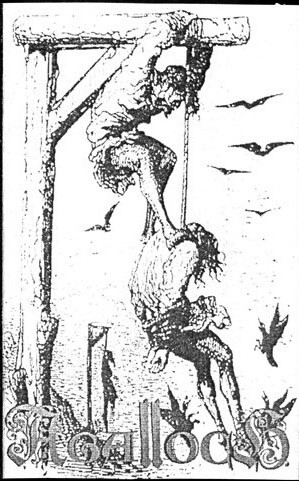
Unlike their lyrical theme, the music of the band has shifted considerably since their demo days. Agalloch's first release was their demo From Which of this Oak and Anderson states in an interview with Metal Invader "On the demo we were very typical Swedish Death/Black Metal, aside from 'As Embers Dress the Sky'- we had yet to even begin tapping into what our sound would come to be." The sound is reminiscent of early Katatonia and early Ulver. It is a rather melancholy death doom metal composition with black metal and folk meddling and a quicker tempo. Of course the band's own ideas have been incorporated into the release sublimely.



The first album entitled Pale Folklore was released in 1999 on The End Records, which deals with various unique metal bands, including Subterranean Masquerade with whom Agalloch bassist Jason William Watson has worked with in the past. This release is musically more refined than From Which of this Oak, possibly due to the reduction of black metal, substituted with gothic metal sounds. Some of the clean vocals strike as amateur but the growls are commendable. Although the whole album is emotively charged, there are heavy passages and lighter ones, such as the gentle 'She Painted Fire Across the Skyline Part I'. The use of whispers really underscore the beauty of the track and question the necessity of the sung vocals throughout. The second part of this song reminds me of The Gathering's Always album with its use of gothic ethereal guitar which converses with the final part of 'She Painted Fire Across the Skyline'; the third part is a heavier affair, more rhythmic than its previous pieces and utilizing black metal most poignantly and concluding with a humble piano exit. 'The Misshapen Steed' is truly testament to the band's interest in cinema and film soundtracks for the song sounds like it is emphasising a cinematic quality.

Of all of Agalloch's non-album works, I feel Of Stone, Wind and Pillor to be the release worth mentioning above all others. The title track is the centrepiece of the expression and combines acoustic guitar with electric in such a moving manner. Compared to the band's previous efforts, this song finds itself becoming quite gritty at times. It also moves similarly to something from Katatonia's Dance of December Souls with a retreat to melodramatic doom metal laden passages as frequented on their demo. The black metal is kept to a fair minimum here providing envious results. The two instrumentals a sweeteners to this release and the Sol Invictus cover 'Kneel to the Cross' features an improved use of vocals compared to their other releases.
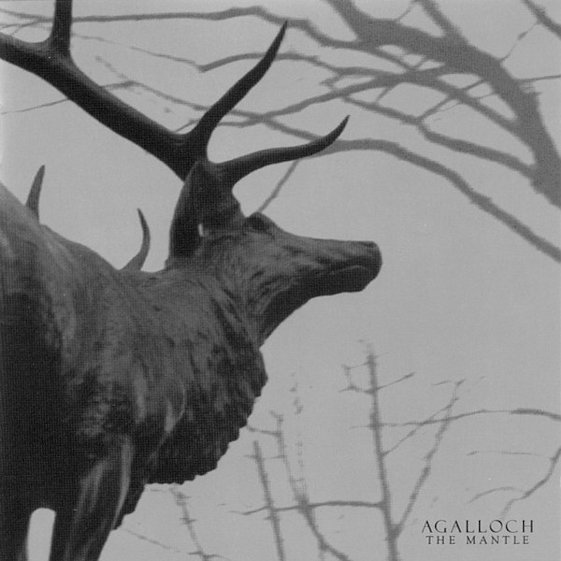
The Mantle is the album where the post-rock sound Agalloch have come to incorporate thoroughly into their music beings to manifest itself only in miniscule measures. 'In the Shadow of Our Pale Companion' is a curious piece of music, wondering through almost progressive passages. There are several guitar leads that express a new direction in the band's compositions and the drumming sounds thoughtful and introspective. The song sounds indescribably refreshing. The effect of resonating guitars, especially on 'Odal', works on a similar basis to progressive bands who use the same technique and sounds introspective. However, the album suffers the clean vocals of John Haughm. It would be more beneficial of the band if they were completely omitted. They sound far too relaxed and one-dimensional to be performing on music such as this and contradict the mood. Whilst the growls remain fairly average, they are significantly less trifling than the clean vocals.
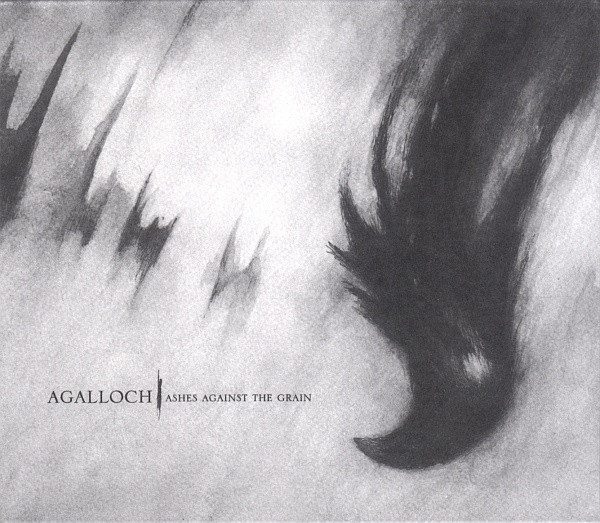
Ashes Aganinst the Grain garnered the band worldwide attention, or so it would appear. The black metal element is barely audible. There is a modern gothic metal moment that echoes Lacrimas Profundere's modern material and the post-rock sound makes no effort to appear inconspicuous. There is a fine line between post-rock and the jangles of indie and indeed 'Fire Above, Ice Below' strays into this territory and the upbeat mood leaves the piece slightly confused but fortunately, these indie scrapings are not bountiful. The three seperate parts of 'Our Fortress is Burning' could quite easily have been condensed into a much more succinct tune and the third part that concludes the album sounds contrary to the rest of the music that preceded it, leaving the disc ambiguous at its tail end. The folk element of Agalloch is almost wholly eradicated, probably in submission for the post-rock. Agalloch used neo-folk elements in their music perfectly and its reduction for this releases seems tragic considering the amount of scope that remained within their capacity to position it and how to utilize it in their music. Another negative feature, again, is the vocal shortcomings mentioned previously.
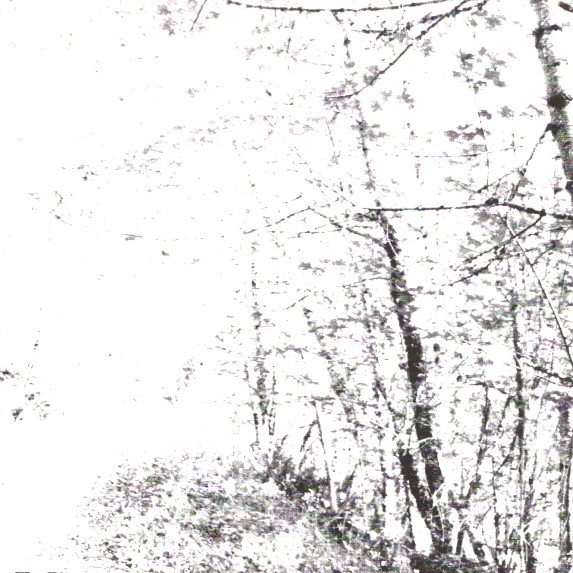
With the limited release of The White, it feels like Agalloch released this EP to console those who missed the emphatic folk elements on their last album. This EP is an acoustic release playing neofolk and ambient tunes. For this reason alone, it is best not to consider this a precise indicator of future paths to be pursued by the band. Nonetheless, the melodies and rhythms of The White reminds me of neofolk bands like Of The Wand And The Moon and of Green Carnation's Acoustic Verses. Acoustic albums are a common part of a band that appear influenced by nature's repertoire (Opeth, Borknagar, Green Carnation etc.) so it is natural for Agalloch to produce a similar working.
Agalloch's main shortcomings are certainly the vocals. Haughm should drop them entirely and new talent should be enrolled. I feel a cross between Novembers Doom's Paul Kuhr and Kim Larsen from Of The Wand And The Moon would suit Agalloch's music most ideally. Alternatively, the music would sound better if the were no clean vocals and the listener was treated to more instrumental passages. Additionally, Agalloch are a band that produces lengthy songs but at times, some of these songs would be more compelling if they were cropped to a shorter length and would not reduce the atmosphere evoked.
Obviously these weak points will not deter others. It seems like Agalloch are an inspiration to
 bands world wide. The fusion of post-rock in many of the younger suicidal black metal bands may be a casual link to Agalloch. The UK band Fen clearly draw inspiration from these Americans with their brand of atmospheric black metal peppered with post-rock and are highly enthralling to many. However, The Morningside, hailing from Russia, are a poor man's Agalloch and early Katatonia with only the vocals setting them apart from either band. Needless to say, The Morningside leave significantly more to be desired.
bands world wide. The fusion of post-rock in many of the younger suicidal black metal bands may be a casual link to Agalloch. The UK band Fen clearly draw inspiration from these Americans with their brand of atmospheric black metal peppered with post-rock and are highly enthralling to many. However, The Morningside, hailing from Russia, are a poor man's Agalloch and early Katatonia with only the vocals setting them apart from either band. Needless to say, The Morningside leave significantly more to be desired.In a world where Opeth and Ulver reached an audience beyond the realms of angsty and supposedly romantic metalheads to a high level of acclaim, it does not seem unreasonable for Agalloch to clamber up the same ladder. They are yet to release the same release twice, opting to carve unique music and progress their sound with each release. Detractors are scarce and the fans they attract are dedicated and passionate about this band from Oregon. The band maybe overrated slightly but they are certainly worthy of investigation.
---
[1] In an interview with Earache, bassist Jason William Watson denies that Opeth were ever an influence on Agalloch but claim Katatonia were. The sounds of early Opeth and early Katatonia have several similarities and this clarifies the notion of Opeth considered an influence on Agalloch by some.

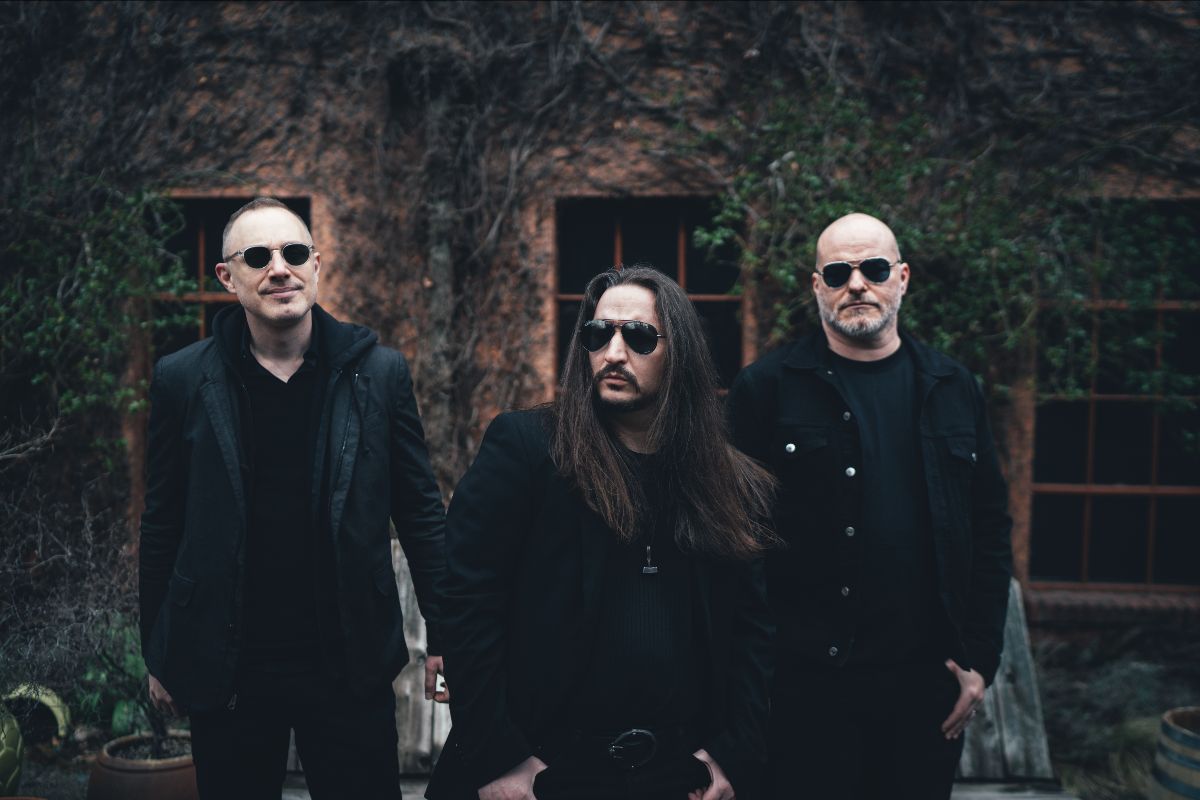

No comments:
Post a Comment